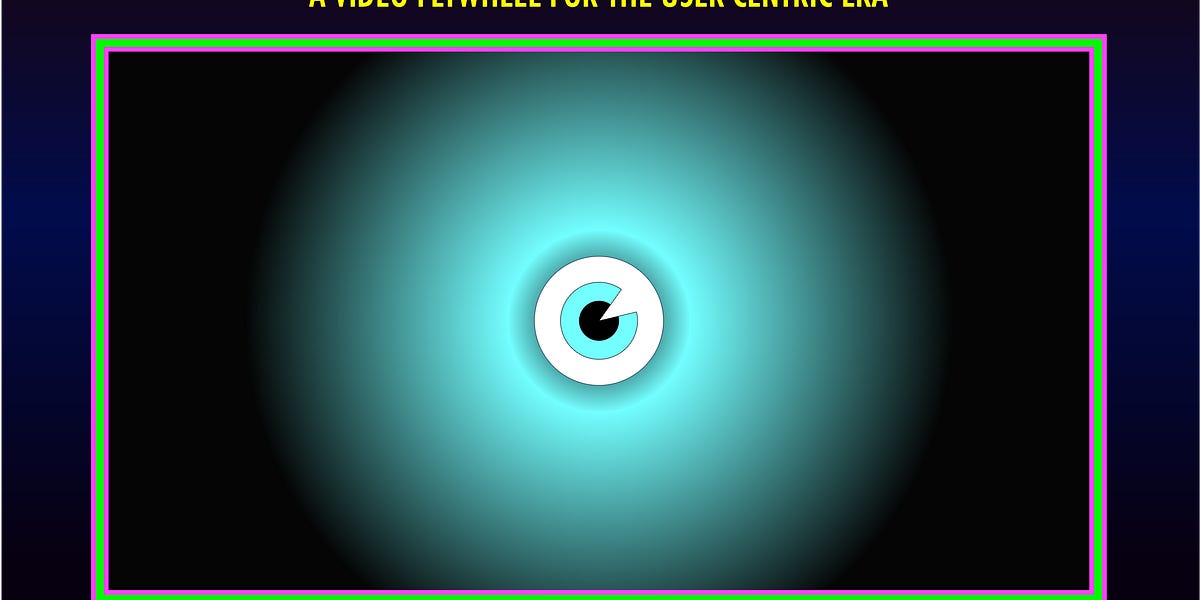Broadway Unlocked Ventures
Ideas that help bridge the traditional Broadway ecosystem and a new digital model that scales theatrical storytelling across multiple platforms — social media, podcasts, streaming services, subscriptions and beyond.
Broadway Unlocked Ventures
Ideas that help bridge the traditional Broadway ecosystem and a new digital model that scales theatrical storytelling across multiple platforms — social media, podcasts, streaming services, subscriptions and beyond.

Gavin puts the current state of FAST in perspective: Crowded. Fragmented. Very good for aggregators. Less good for channel publishers.

Unified Video Strategy and Ad Revenue analytics

The biggest startup opportunities often live in the grey. Bill Gurley calls it regulatory friction — rules built to protect incumbents, not consumers…Uber and Airbnb played in the grey — breaking laws around safety and licensing, but creating so much consumer love that regulation eventually bent to them. Now we’re seeing similar patterns in:

“House of _____” Producing Cohort
Their feedback loop is instant
They understand internet culture
They publish, adapt, and evolve in real time.
It’s not just that creators use the internet
It’s that they were raised by it.
Their feedback loop is instant
They understand internet culture
They publish, adapt, and evolve in real time.
They’re more attuned to thinking like product designers than studio executives
They test ideas, respond to feedback, and ship what connects.
They understand momentum.
They’ve already absorbed the logic of bottom-up SaaS, intuitively.
This is why the next great storytellers won’t come from film school.
They’ll come from YouTube, Discord, & Substack
All thats missing is proper infrastructure.

The traditional model is: make a thing, sell a few big licenses, call it a day. Now it's: make a thing, sell what you can up front, then go wide—AVOD, FAST, TVOD, SVOD, and social video; so the audience can actually find it.
The economic center of gravity has shifted from courting corporate buyers to serving consumer demand at scale.

“The League doesn’t ask patrons to rank the primary driver in their ticket purchase. (Individual shows sometimes do in their own research surveys. I’ve heard various figures from producers throughout the years—and most are similar to what I found. Though it has varied to a certain extent show to show.) That’s what I asked of people—what truly drove their purchase. I went to musicals as well as plays from last spring to this fall; I did not poll at any show running over two years. For Shucked, a show that several people told me greatly benefited from influencers, I spoke to twenty people during previews and then another fifteen people later in the run. In total, two of 200 people I spoke to said an influencer was the primary reason they purchased a ticket. Both of those people were under 30. Several others had seen influencer content, but that content was not the primary reason they purchased tickets. (Source material, stars, personal recommendations, and press topped the reasons; show specific obviously.)
There are likely many reasons that influencers are not driving ticket sales. According to the League, last season the average theatergoer was 40.4 years old, older than the typical influencer target. Theater tickets are generally expensive, so it may take more than one person’s word to take the plunge and buy. But, additionally, most influencers that push theater consistently are so-called "theater influencers" and primarily have their content pushed to theater fans.”


Given this whitespace for venture investing via DAFs, in May 2019, MIT Solve launched Solve Innovation Future, a dedicated venture fund structured as a DAF. The structure is unique in three ways: 1) It is dedicated entirely to social venture investing, 2) it will re-invest profits in future entrepreneurs, and 3) it uses semi-standard, entrepreneur-friendly term sheets to minimize transaction costs.